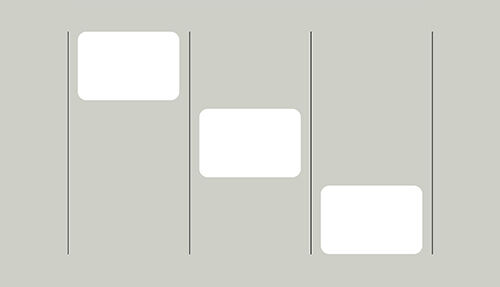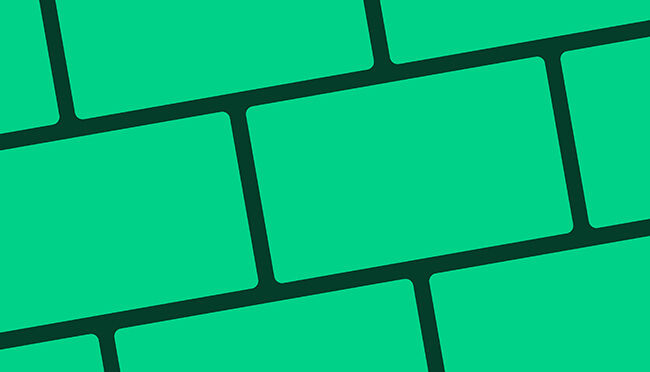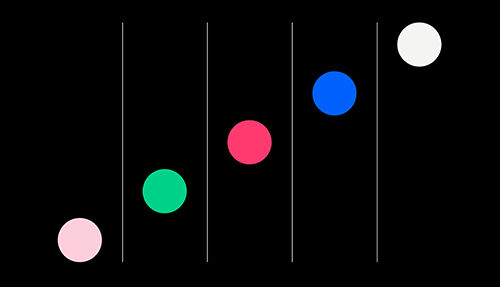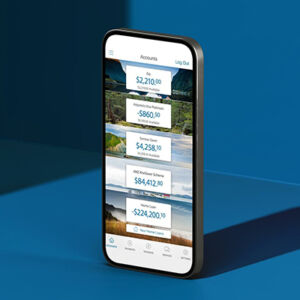Semi Permanent Part 3: Design for all senses.
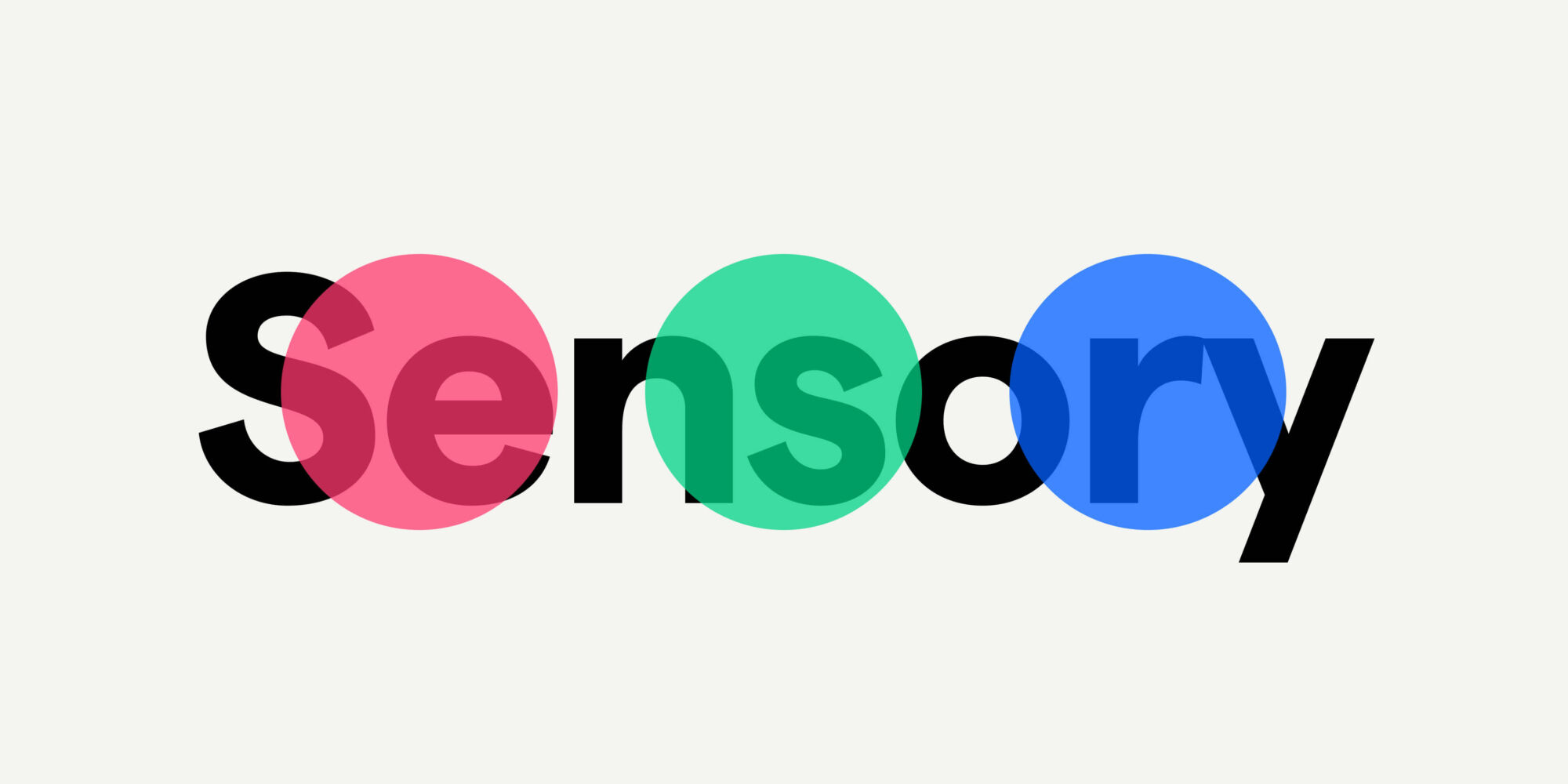
Most of us look at screens a LOT. For work, for fun, for reading summaries of creative festivals. With so much based in this digital world we often forget to look up, leading us to lesson number 3:
Don’t forget the importance of the physical world
Ralf Groene, VP of Devices Design at Microsoft, remembers a time when there was just the physical world and your own mental world. And when computers first came about, humans very much had to tell them what to do. Now we also have the digital world and it’s sometimes not so clear who is in charge. Kyle McDonald, a code artist, spoke of how computers are now able to compose music or ‘paint’ a picture that is entirely new, leading him to wonder - when is human authorship non-essential?
Tereza Ruller, of The Rodina, explores performance art, seeing if design can leave the constraints of object and not just be locked in a website or poster. And Matthew Clark looks at the experience of when physical and digital spaces combine. “Rather than material objects, UVA’s works are better understood as events in time.”
A long-term project of Erik Brandt’s - Ficciones Typografika - had him physically pasting typographic posters up onto the side of his house in Minneapolis (often with frozen paste and frozen fingers). He’d also somewhat dodgily fix his own tools, joking that a project is only worth doing if you have to get a tetnus shot every now and then.
The makers seemed more naturally in tune with the physical world, even those who rely on digital tools for their work. Jesper Kouthoofd encouraged people to build a lot of stuff and prototype. “Let your hands do the thinking”.
To read part 4 of our 4 part Semi-Permanent series click here.



